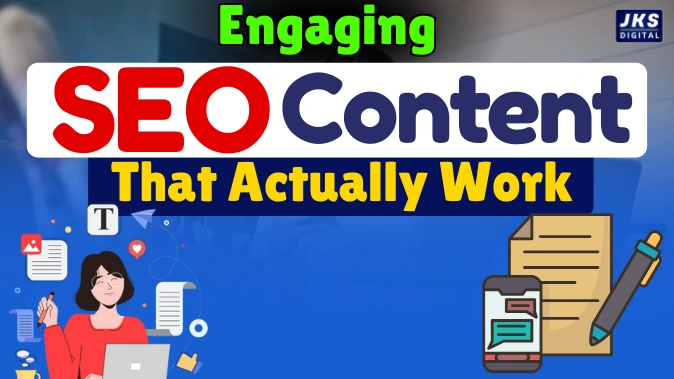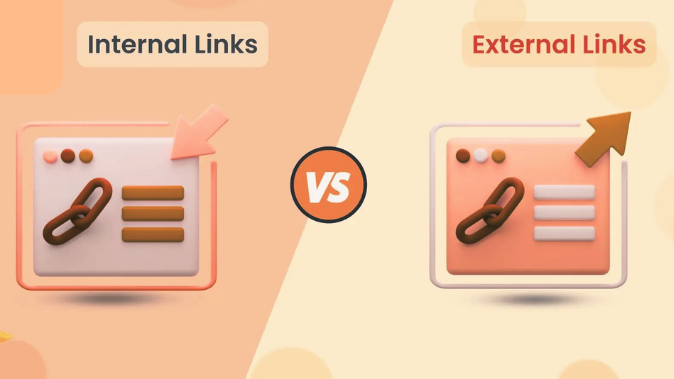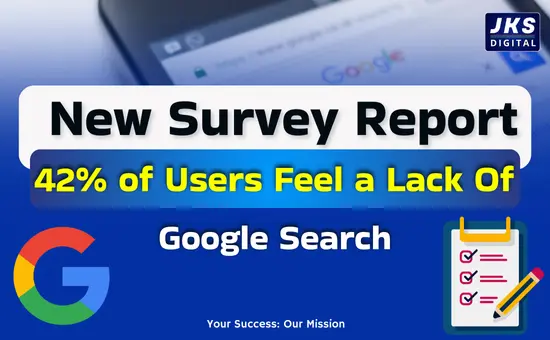How to Write SEO-Optimized Content:- In the digital age, SEO is essential for visibility—but it often comes at the cost of creativity. Many writers, in their attempt to satisfy search engines, end up creating content that’s stuffed with keywords, rigid in tone, and painfully dull to read. Is there truly no way to make SEO content both effective and enjoyable?
Absolutely not.

SEO content doesn’t have to be boring. In fact, some of the best-performing content online today is a perfect mix of smart keyword placement, engaging tone, and a human-first approach. In this article, we’ll show you how to write SEO-optimized content that not only ranks but also keeps your audience genuinely interested.
1. Start With the Reader, Not the Algorithm
Search engines are important, but your content is ultimately consumed by humans. If your content doesn’t engage readers, no amount of keyword optimization will save it.
Begin by understanding:
- Who is your audience?
- What problems are they facing?
- What tone do they respond to?
Once you get these basics right, the content automatically starts sounding more natural. Write like you’re having a conversation with the reader, not delivering a robotic lecture.
2. Use Keywords with Purpose, Not Just Frequency

One of the biggest mistakes in SEO writing is overstuffing keywords. Google is much smarter today—it understands context, synonyms, and even user intent.
Instead, follow this:
- Use the primary keyword in the title, meta description, URL, first paragraph, and a few times in the body.
- Sprinkle LSI (Latent Semantic Indexing) keywords naturally throughout the content. These are related terms that help give your content context.
- Avoid stuffing a keyword in every heading or paragraph. Prioritize readability.
- “Start with a problem your audience faces every day—and hint that you have a real solution.”
Remember: You’re not just writing for SEO. You’re writing with SEO.
3. Craft a Strong and Relatable Hook
Most visitors decide within a few seconds whether they want to read further. A compelling introduction makes all the difference.
Here’s how to hook your reader:
- Ask a relevant question.
- State a surprising fact.
- Start with a short, relatable story or scenario.
- “Start with a problem your audience faces every day—and hint that you have a real solution.”
Once you’ve captured their interest, you can gradually lead into the core content.
4. Structure Your Content for Easy Reading

No one likes to read big blocks of text, especially on screens.
Make your content easy to scan:
- Use short paragraphs (2–4 lines).
- Break your article into clear sections with H2 and H3 headings.
- Use bullet points or numbered lists to summarize key takeaways.
- Highlight important points using bold or italic text.
This not only improves readability for humans but also makes it easier for search engines to understand the content hierarchy.
5. Make It Informative, Not Just SEO-Friendly

You can hit every keyword target and still have a useless article if your content doesn’t deliver real value.
Focus on:
- Solving the user’s problem.
- Giving practical, actionable advice.
- Citing relevant examples, data, or case studies.
- Sharing personal experiences or expert insights when possible.
Your content should leave readers thinking, ‘Finally, someone gets it.’
6. Add a Human Voice to Your Writing

Robotic, stiff writing is one of the biggest reasons SEO content becomes boring. You don’t have to sound like a textbook to be taken seriously.
Here are a few tips to keep your tone human:
- Write the way you speak (but slightly more polished).
- Use contractions (like “you’re” instead of “you are”) to keep things casual.
- Ask rhetorical questions to involve the reader.
- When it aligns with your brand’s voice, a simple analogy or a touch of humor can make your message not just clear—but genuinely enjoyable.
A human tone not only engages the reader but also builds trust.
7. Include Internal and External Links Thoughtfully

Internal links not only guide your readers to more helpful pages, but they also give search engines a clearer map of how your content connects. External links to authoritative sources build credibility.
Avoid:
- Linking just for the sake of it.
- Linking every third word to something irrelevant.
Instead:
- Link only where it adds value.
- Choose anchor text that clearly signals where the link leads, so readers know exactly what they’ll find when they click.
8. Use Visuals, Examples, and Storytelling

Even the most well-written articles can become monotonous without visual or narrative elements.
Enhance your content by:
- Adding relevant images, charts, or infographics.
- Including a short story or personal example to explain a complex idea.
- Creating custom graphics for unique points.
People remember stories more than plain facts. Make your information relatable and memorable.
9. End With a Strong and Purposeful CTA
Once someone has read your content, what next?
Every SEO article should end with a Call-to-Action (CTA) that gently guides the reader toward the next step, such as:
- Signing up for a newsletter.
- Reading a related post.
- Downloading a resource.
- Leaving a comment or sharing feedback.
A good CTA closes the loop and encourages user engagement—something search engines love.
10. Keep Updating and Refreshing Your Content

SEO isn’t a one-time job. What works today might not work tomorrow—search trends, algorithms, and what users are looking for constantly evolve.
Every few months, revisit your older content to:
- Update statistics or facts.
- Replace outdated links.
- Add new insights or sections based on reader comments.
- Improve headings and readability.
Freshness is a ranking factor. Plus, it gives you a chance to refine your content tone and quality.
Read Also:- Best Free Tools for Digital Marketers in 2025: No Budget? No Problem
11. Don’t Rely Too Much on SEO Tools
Tools like Yoast SEO, SurferSEO, or Clearscope are great for optimization, but they can’t replace common sense and creativity.
Use them as guides, not as rules.
At the end of the day, your goal should be to:
- Answer the user’s question.
- Keep them engaged from start to finish.
- Build trust and authority through quality content.
Read Also:- Everyone Knows the Top Skills, But How to Earn from Them? Here’s the Complete Guide
Final Thoughts
SEO and creativity don’t have to be enemies. When done right, SEO can enhance your content without compromising its value or personality.
Writing SEO-optimized content that doesn’t sound boring is all about balance—between keywords and human tone, between information and engagement, between structure and soul.
Always remember: You’re writing for humans who happen to use search engines—not for search engines who happen to read like humans.
If you can keep that at the heart of your content strategy, your content will not only rank but also resonate.





